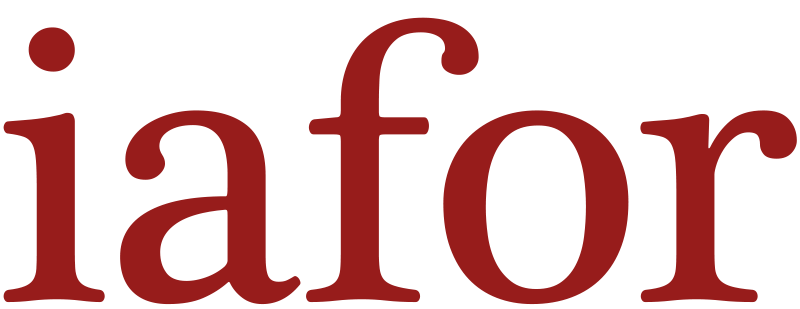Author: Mark Kenneth Camiling, Miriam College, Philippines
E-mail: [email protected]
Published: August 16, 2017
https://doi.org/10.22492/ije.5.si.10
Citation: Camiling, M. K. (2017). The Flipped Classroom: Teaching the Basic Science Process Skills to High-Performing 2nd Grade Students of Miriam College Lower School. IAFOR Journal of Education, 5(SI). https://doi.org/10.22492/ije.5.si.10
Abstract
Technology has greatly shaped pedagogical practices over time. However scholars posit that the developing technology-aided, -based, and -oriented instructional practices still need scholarly and systematic studies to prove their effectiveness. An emerging teaching strategy that highlights technology tools and programs is Flipped Learning: a strategy where technology redirects learning from large groups to individuals. The research described here hypothesizes that there is a significant difference between the basic science process skills test score means of elementary students in a Flipped classroom and those in a traditional classroom. To test this hypothesis, an experimental design was used as the participants were divided the into two groups: experimental and control. An instructional design was crafted to simultaneously teach both control and experimental groups within a one (1) hour schedule. The experimental group was asked to watch at home researcher-made videos that teach the basic science process skills. In class, these participants deepened understanding of the skills through varied activities. The control group was taught using the traditional method operationalized as 5E Inquiry-Based Model.Both pre- and post-tests were administered to check the relative test scores. A Mann Whitney U test was conducted to evaluate the difference between the basic process skills test mean scores. It is concluded that there is a statistically significant difference (at α=0.05, r = 0.42) with a large effect size between the two variables.
Keywords
flipped classroom, flipped-learning method, science process skills, STEM education
